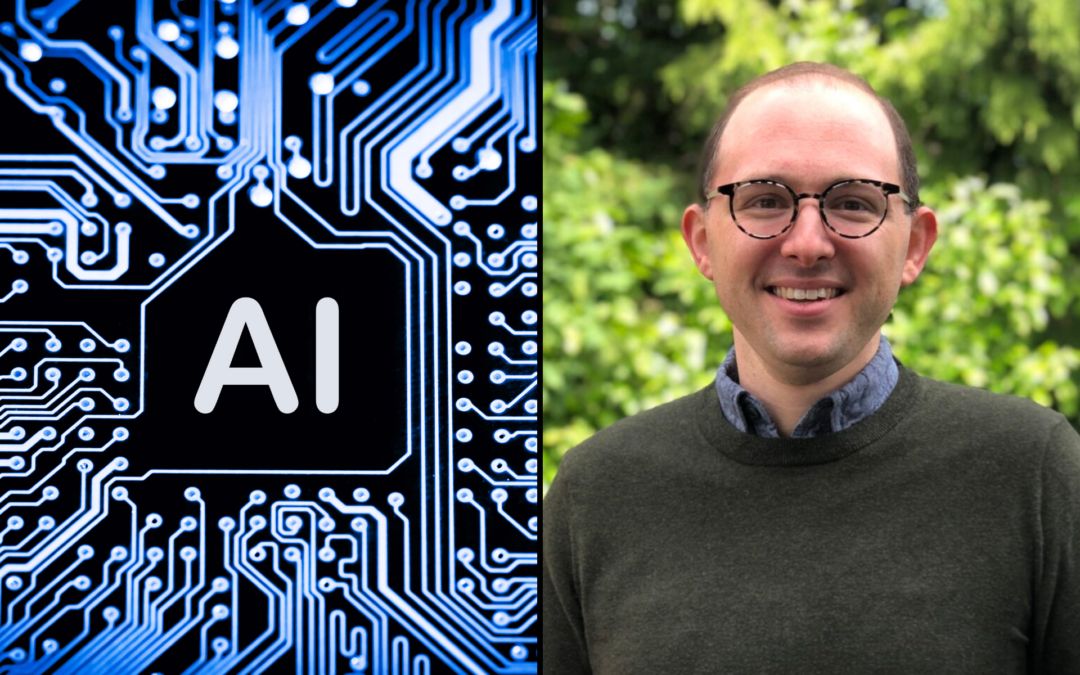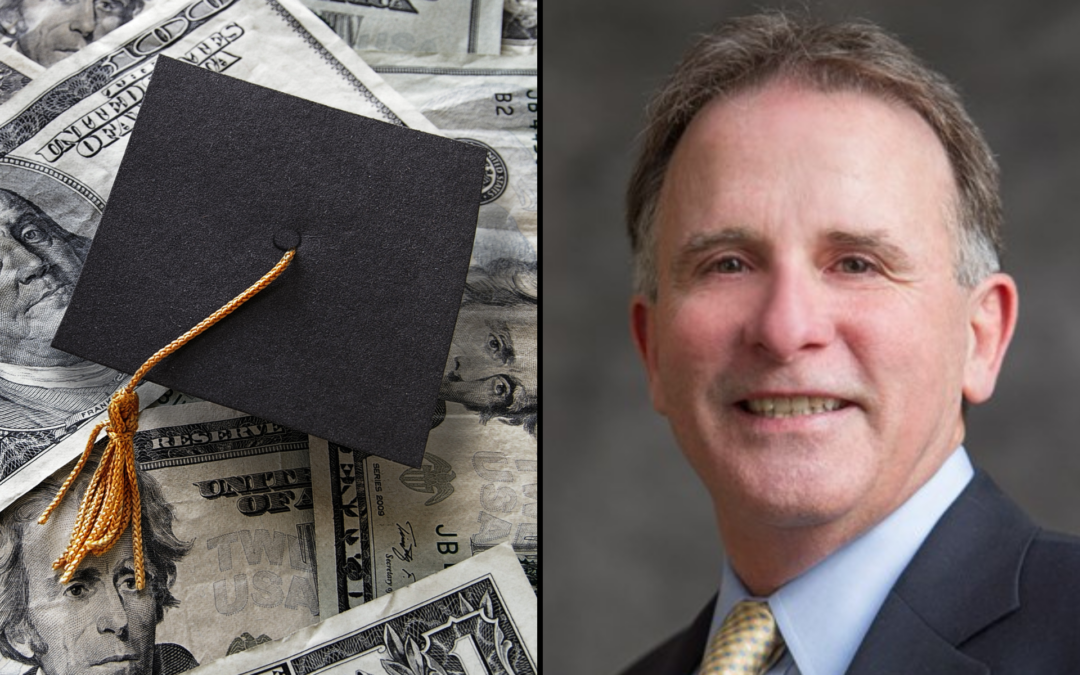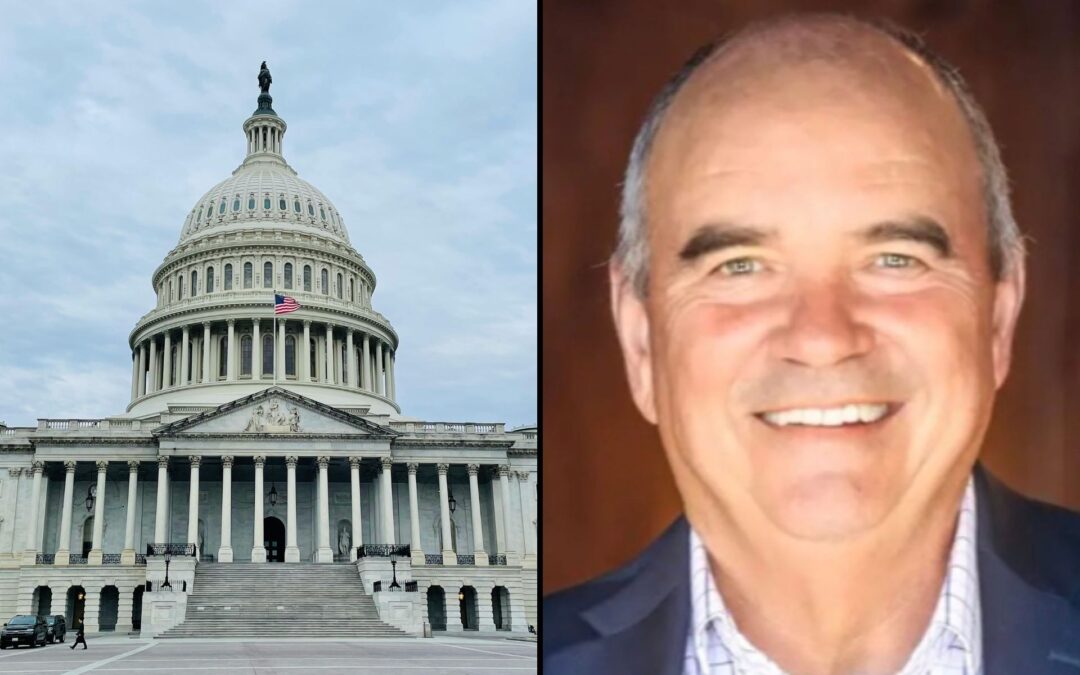
Notice of Policy Working Group
The Presidents Forum has taken a significant step forward in shaping higher education policy by convening a diverse working group of policy experts from its member institutions. This collaborative effort brings together experienced professionals from various colleges and universities to develop a comprehensive 2025 public policy agenda. The group’s primary focus is to address the evolving landscape of higher education and provide actionable recommendations for the incoming presidential administration.
Through a series of structured discussions and analysis sessions, the working group has identified key areas requiring attention, including data reform, a focus on student outcomes, and mode and method regulatory parity. These policy experts are leveraging their collective expertise to craft proposals that balance innovation with accountability, ensuring that higher education remains both cutting-edge and accessible.
The working group’s efforts will culminate in a detailed policy document that outlines specific recommendations for the incoming administration. These recommendations aim to strengthen the foundation of higher education while preparing for future challenges and opportunities.






Recent Comments